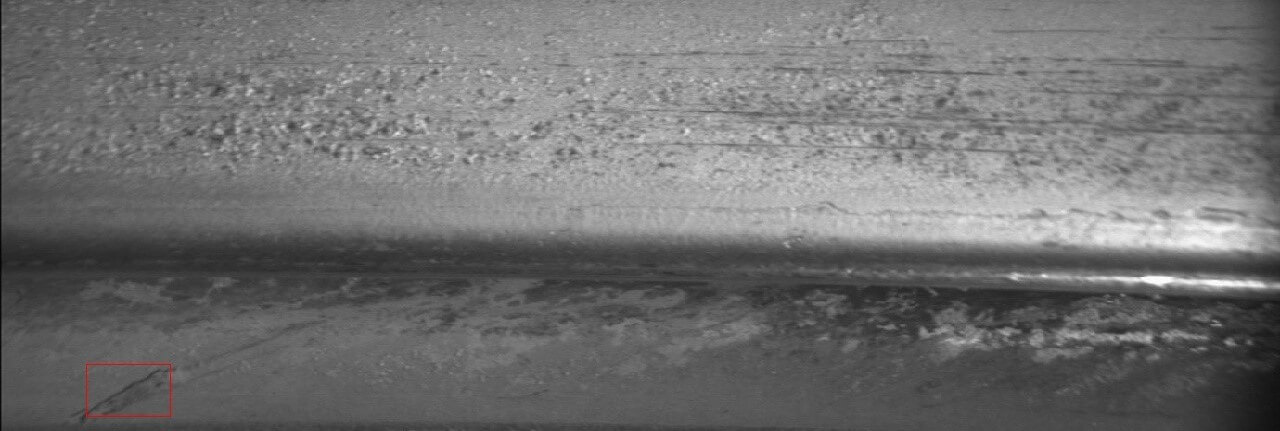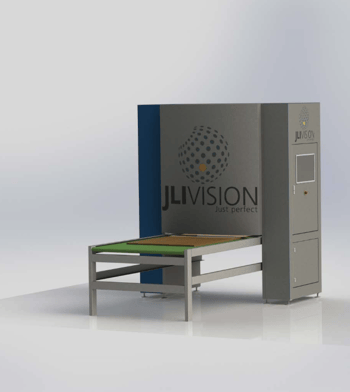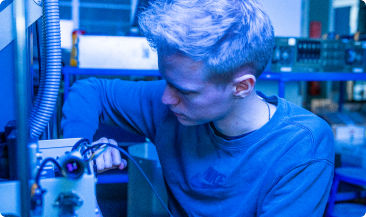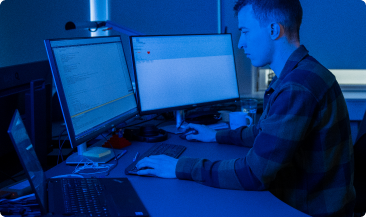
Machine Vision for Surface Inspection
Surface Inspection
Surface inspection is a common quality control task performed to identify both aesthetic and structural defects.
To create a vision system for surface inspection, we need examples of both good and faulty products, highlighting the smallest defects that should be rejected.
This helps determine the required sensitivity of the vision system, which affects its cost.
The vision system can leverage machine learning by training on numerous images of both good and faulty surfaces, using our automated annotation software to aid in the process.
These systems provide valuable insight into production quality and can help monitor drift, as well as compare suppliers of raw materials and products. The surface inspection systems are reliable, providing a more accurate inspection than human operators for years to come. They also offer the ability to generate statistics and trend graphs.
A holistic approach
When implementing machine vision for surface inspection, we always consider its impact on the production process.
Traditionally, inspection is seen as a separate task performed by the staff, but as vision system suppliers, we take a holistic approach by considering other tasks performed by the workers, such as fixing machinery jams or cleaning.
Adopting machine vision for inspection can automate the process and remove staff from the line, but it is important to consider any potential implications on other important functions.
Introducing Surface Control AI - a vision system for complex surface inspection

We have taken the experience and expertise we have built up over the years creating customized surface inspection solutions and created a standard vision system that can handle complex quality control tasks.
Surface Control AI is an advanced surface inspection solution that combines decades of engineering work with vision technology and the latest AI techniques.
.jpg?width=1280&height=640&name=Surface%20Inspection%20(1).jpg)
Want to learn more about Machine vision for Surface Inspection?
Book a meeting to learn more
.png)
Send me an email at hb@jlivision.com
or book a meeting, and let's find out how we can help you.

 Glass Inspection
Glass Inspection
.svg) Medical Device Inspection
Medical Device Inspection
 Steel Inspection
Steel Inspection
.svg) Wood Inspection
Wood Inspection
.svg) Building Industries
Building Industries
 Packaging Inspection
Packaging Inspection
 Plastic Inspection
Plastic Inspection
 Standard Vision Systems
Standard Vision Systems
.svg) Customized Vision Systems
Customized Vision Systems
 3D / Robotics
3D / Robotics
.svg) Surface Inspection
Surface Inspection
 Color Inspection
Color Inspection
 Consulting
Consulting

